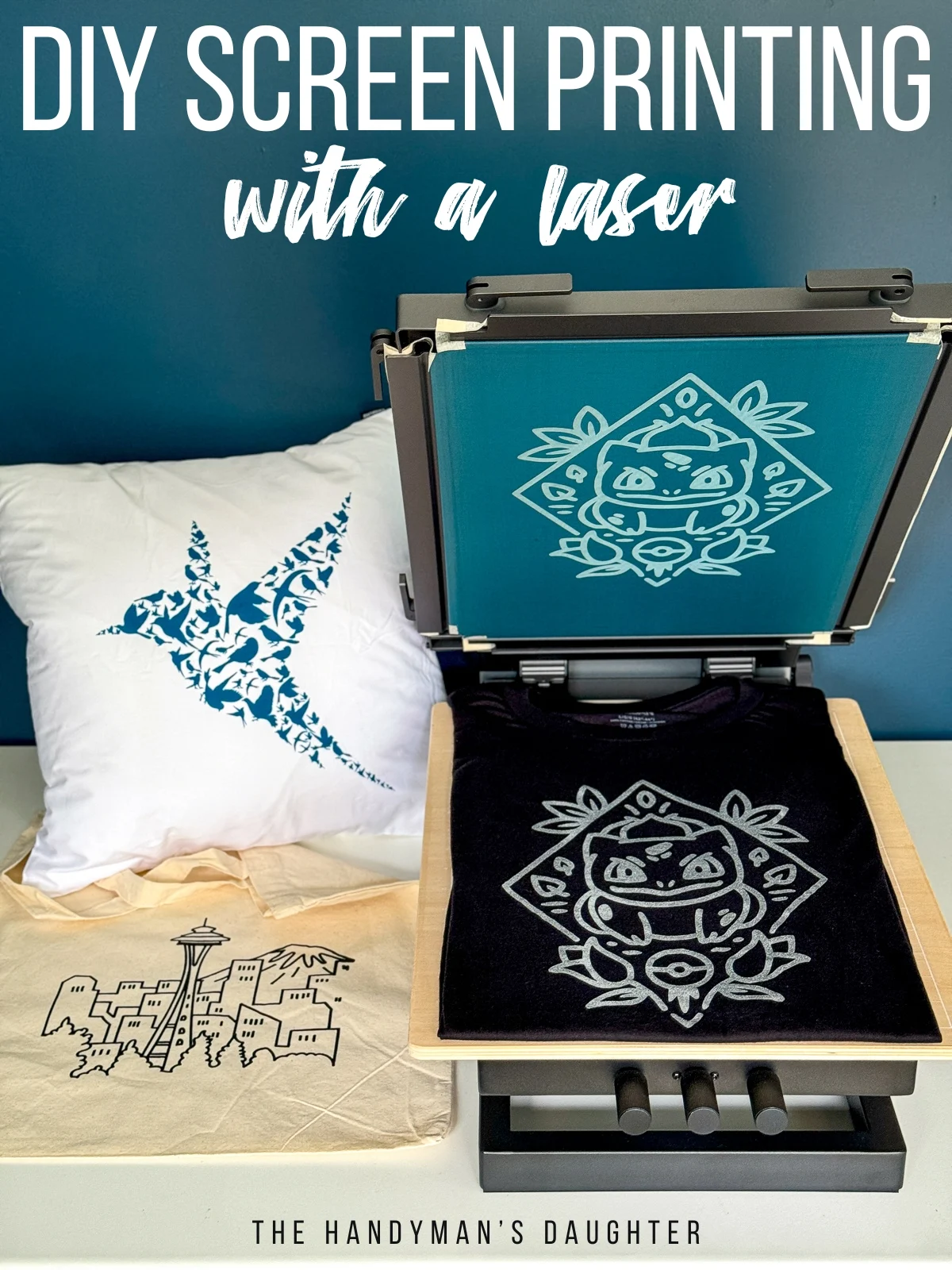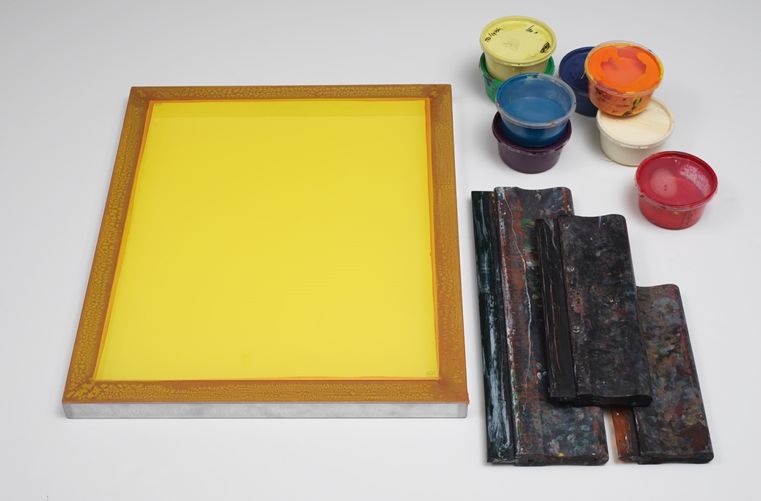ChatGPT said: Best ways to connect with 10:9 Design contact for service inquiries
The Vital Overview to Recognizing Screen Printing and Its Versatile Utilizes
Screen printing has a rich history that dates back to ancient times, evolving into an advanced strategy made use of across various industries today. This guide discovers the complexities of the screen printing procedure, detailing its applications in home, fashion, and advertising style - 10:9 Design contact. Comprehending these basics can open innovative capacity for both imaginative and business tasks. The complying with sections will expose vital ideas and methods to boost one's screen printing ventures
The Background of Screen Printing
Screen printing has origins that map back centuries, its development reflects the technical and artistic improvements of numerous societies. Coming from ancient China, the technique was initially utilized for embellishing fabrics and later infect Japan, where it became important to Ukiyo-e woodblock printing. The method changed to Europe in the 18th century, where it acquired popularity amongst artisans and industrial printers. The creation of photo solution in the 20th century reinvented screen printing, permitting more detailed designs and higher performance. Musicians like Andy Warhol better pushed its popularity, utilizing the medium to develop renowned jobs that mixed commercialism and art. By the late 20th century, screen printing had established itself as a flexible method, employed in vogue, marketing, and art. Today, it remains to progress, incorporating digital modern technology and expanding its applications throughout various industries.
The Screen Printing Process Explained
Screen printing transforms artistic visions right into tangible designs through a collection of accurate steps. At first, a photo is developed and after that moved onto a screen, typically constructed from great mesh fabric stretched over a framework. A light-sensitive emulsion is used to the screen, which is subjected to light, solidifying in areas not covered by the image. After cleaning out the unhardened emulsion, a stencil is created.
Next, the screen is put over the substrate, whether it be material, paper, or one more product. Ink is then pressed via the open locations of the stencil utilizing a squeegee, transferring the layout onto the substrate listed below. This process can be repeated for multiple shades, requiring separate screens for each and every tone. The printed item is healed making use of warmth to guarantee the ink sticks effectively, resulting in a resilient, vibrant design all set for use.
Kinds Of Screen Printing Techniques

Additionally, specialized methods, such as discharge screen printing, remove dye from the textile to produce softer prints, while aluminum foil screen printing uses metal aluminum foil to attain a glossy finish (10:9 Design Embroidery). Each method supplies distinctive features, satisfying numerous innovative demands and production scales, inevitably increasing the opportunities within the screen printing domain name
Applications of Screen Printing in Numerous Industries

In addition, the signage and marketing markets utilize screen printing for creating distinctive screens and banners. This technique enables for bold colors and detailed styles that catch interest. In electronics, screen printing is employed for applying conductive inks to circuit boards, necessary for component connections. Moreover, the home style industry welcomes screen printing to create unique designs on fabrics and wall surface art. Overall, screen printing acts as a crucial tool across diverse fields, enhancing products with individualized and visually appealing graphics.
Tips for Effective Screen Printing Projects
While undertaking a screen printing job, careful attention to information can significantly enhance the final outcome. First, choosing premium materials is important; this consists of the screen, inks, and substrates. Making use of appropriate mesh counts can affect ink deposition and detail resolution. Preparation is equally vital; detailed cleaning of screens and proper direct exposure times assure crisp prints.
Next off, accurate registration is essential for multi-color prints. Using positioning devices can aid achieve accurate layering. Additionally, testing prints on scrap materials before production helps identify prospective concerns without wasting resources.

Regularly Asked Concerns
What Products Are Finest for Screen Printing on Textile?
Cotton and polyester blends are perfect for screen printing on textile as a result of their toughness and ink absorption. Additionally, specialty fabrics like silk or canvas can generate one-of-a-kind appearances and surfaces, enhancing the general design quality.
Exactly how Do I Clean and Maintain Screen Printing Equipment?
To cleanse and keep screen printing tools, one should routinely wash screens with suitable solvents, examine mops for wear, oil moving components, and shop all things in a completely dry, dust-free setting to lengthen their life expectancy.
What Are the Environmental Impacts of Screen Printing?
Screen printing can have significant environmental impacts, consisting of chemical waste from inks and solvents, water usage throughout cleansing processes, and energy intake. Lasting techniques and green materials are essential for minimizing these adverse impacts.
Can Screen Printing Be Done in the house Effectively?
Screen printing can be effectively done at home with the find this appropriate materials and strategies. Hobbyists can produce top quality prints, though success depends on their ability level, equipment, and understanding of the procedure included.
What Are the Costs Related To Starting a Display Printing Service?

Starting a screen printing service includes expenses for equipment, products, and work space. Preliminary expenses generally range from a few hundred to numerous thousand dollars, depending on the range, high quality of machinery, and preferred production my company capability.
Screen printing has a rich background that dates back to ancient times, developing right into an advanced technique used across different markets today. An additional strategy, rotating screen printing, uses cylindrical displays, assisting in constant printing on material rolls, therefore boosting efficiency for large-scale manufacturings. Additionally, specialty methods, such as discharge screen printing, eliminate dye from the textile to develop softer prints, while aluminum foil screen printing uses metallic foil to accomplish a glossy surface. In the fashion industry, screen printing is widely utilized to produce vibrant designs on apparel, making it possible for brand names to showcase their special styles. Cotton and polyester blends are optimal for screen printing on textile due to their durability and ink absorption.